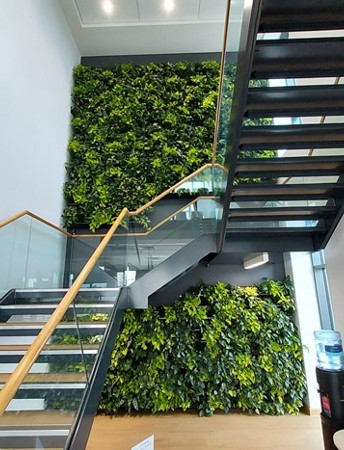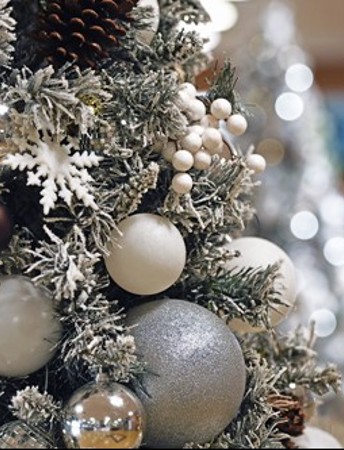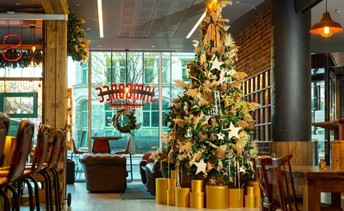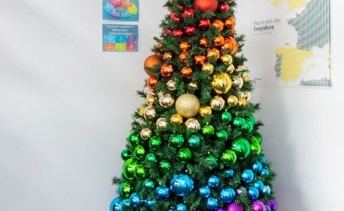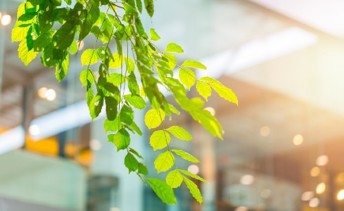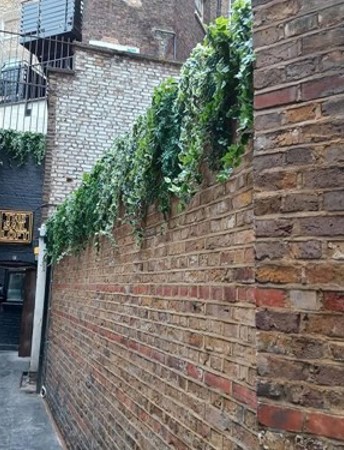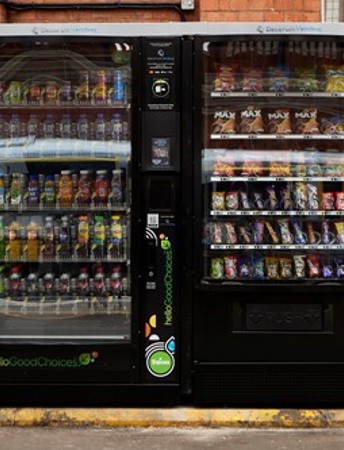When you bought your plant, did you deliberate over picking the one which looked the best? The one which exuded health with the greenest leaves and most blooms which you knew would cheer up your room.
Fast forward to today and look again, if it’s wilting with brown leaves and dead flowers, it must be far from what you envisaged.
However, it might not be too late. Your plant simply may be sad rather than dead so before you give up hope, there still may be a chance to revive it. Like humans, plants can get stressed if their environment isn’t right or they don’t get the care they need. First, do a health check on its leaves, stems and roots and from this you can diagnose what’s wrong with your plant and if you can save it.
How To Save A Dying Plant
No matter if your plant sheds every leaf or all the leaves are brown, there’s a chance it’s in self-preservation mode. In times of stress, plants prioritise keeping their roots alive first and will sacrifice their leaves when needed. If you gently bend the stem and it snaps, it’s dead – and likewise if there are no signs of green inside. A pliable stem indicates your plant is still alive. If you break it and it shreds, it’s still holding moisture which is a good sign as is any sign of green inside.
If your plant is still alive, you now need to rectify the situation which is causing its demise. If you know it’s simply neglected, trim dead leaves and stems, give it a drink and put in a bright but not-too-sunny position out of any draughts. Only water when the soil is dry to the touch. With a bit of TLC, you can nurture your plant back to life so it’s healthy and thriving once more.
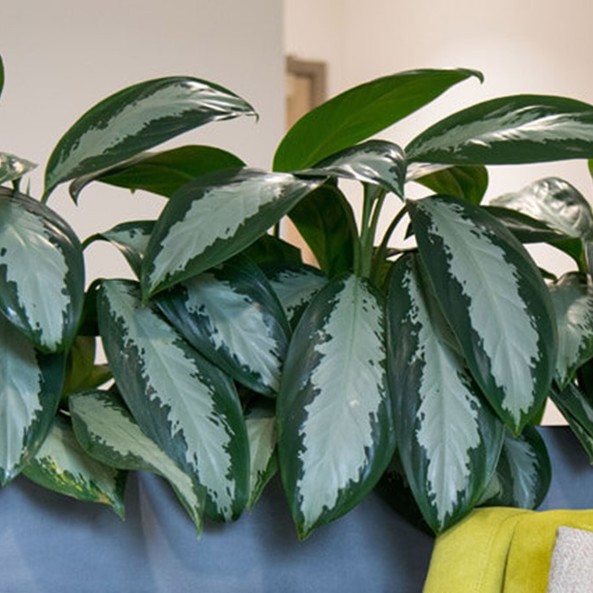
Plants With Dead Leaves
If most of the leaves are shrivelled or dry and crispy, your plant may very well be dying. However, if these are fairly limited to the lower leaves, it’s a sign that your plant is sad and can be saved. Has it been underwatered? If so, rectify this straight away. Water the soil around the plant and spritz the leaves with a spray or mister so they’ll absorb water through the roots as well as the leaves. Be careful not to give it too much water at this point or it could drown. Little and often is key, checking it daily. Next, pull the plant out of the pot and check its roots. If the roots are wrapping themselves around the base with nowhere to go, it’s calling out for a bigger home. Upgrade to a larger pot to allow it room to grow. If it’s just the lower leaves or older leaves which are dying (usually the ones near the bottom), the plant could be suffering from a deficiency in nutrients. Feeding your plant with fertiliser can give it extra life.
What Do Brown Leaves Mean?
Brown leaves usually indicate your plant isn’t getting enough water so give it a drink straight away. But if the soil is wet, there’s another issue at hand and surplus watering can do more damage. Another cause of brown leaves is sun damage which is likely if it’s in the full sun all day. If so, move it to a more shady spot. A more serious condition causing brown leaves on plants is a bacterial infection. Try cutting off the brown parts and repot the plant in fresh soil.
If only the edges of the leaves are brown, or yellow, this could mean the plant needs more humidity in its environment. Mist the leaves with lukewarm water and move it either to a greenhouse if you have one or a bathroom where it will thrive.
Is My Plant Overwatered?
Yellow leaves, pale leaves and wilting will often mean plants are getting too much water. If this is the case, the plant will be fairly robust at the stem but the leaves will droop. To be sure, check the roots of your plants. If they are sodden, smell musky or are rotting, they have been sitting in too much water which means there isn’t enough oxygen in the soil for them. Trim parts of the root which are completely rotten and allow the soil to dry out – you can speed up this process by replanting it. Adding either sand or small rocks to the soil improves drainage – and of course reduce the amount of water you give them.
Spots on leaves
Unfortunately, if your plant’s leaves develop spots, it can mean it is suffering. Yellow spots on leaves indicate your plant may have aphids, a common plant pest who love to feast on sap. If so, act fast as aphids reproduce incredibly quickly and have a fatal effect on their host. Isolate the plant, chop off any leaves which are clearly beyond saving and rub any aphids away or use a water spray to wash them off. A mild solution of soap and water will often do the trick. If this isn’t effective, try a specialist insecticide spray or, for a more natural solution, hunt out some ladybirds which love to feed on aphids. If the plant is yellow, discoloured or starting to deform, it’s likely it’s beyond saving.
When To Fertilise Plants
Fertilising plants may seem an obvious way to boost your plants but a gung-ho approach to fertiliser can have the opposite effect. Only fertilise plants when they’re supposed to be growing. Unless you’ve got a winter flowering plant, this is usually spring to autumn so hold off on the fertiliser until after the dormant winter period. If your plant is on the brink and you’re trying to revive it, don’t fertilise at this point – the chemicals may be too much for the fragile plant. However, if your plant is showing signs of nutrient deficiencies such as stunted growth, discoloured and malformed leaves and weak or dying stems, replanting it with fertiliser will help.
Remember that healthy and happy plants only stay that way if they get the right care and attention. To guarantee your plants will thrive, phs Greenleaf can pick the best indoor plants and trees to suit your environment and can also help maintain them to ensure they always look their very best.

Get in touch with phs Greenleaf to transform your workplace whether you’re looking for indoor plants, living walls, outdoor landscaping or rentable Christmas trees.




























